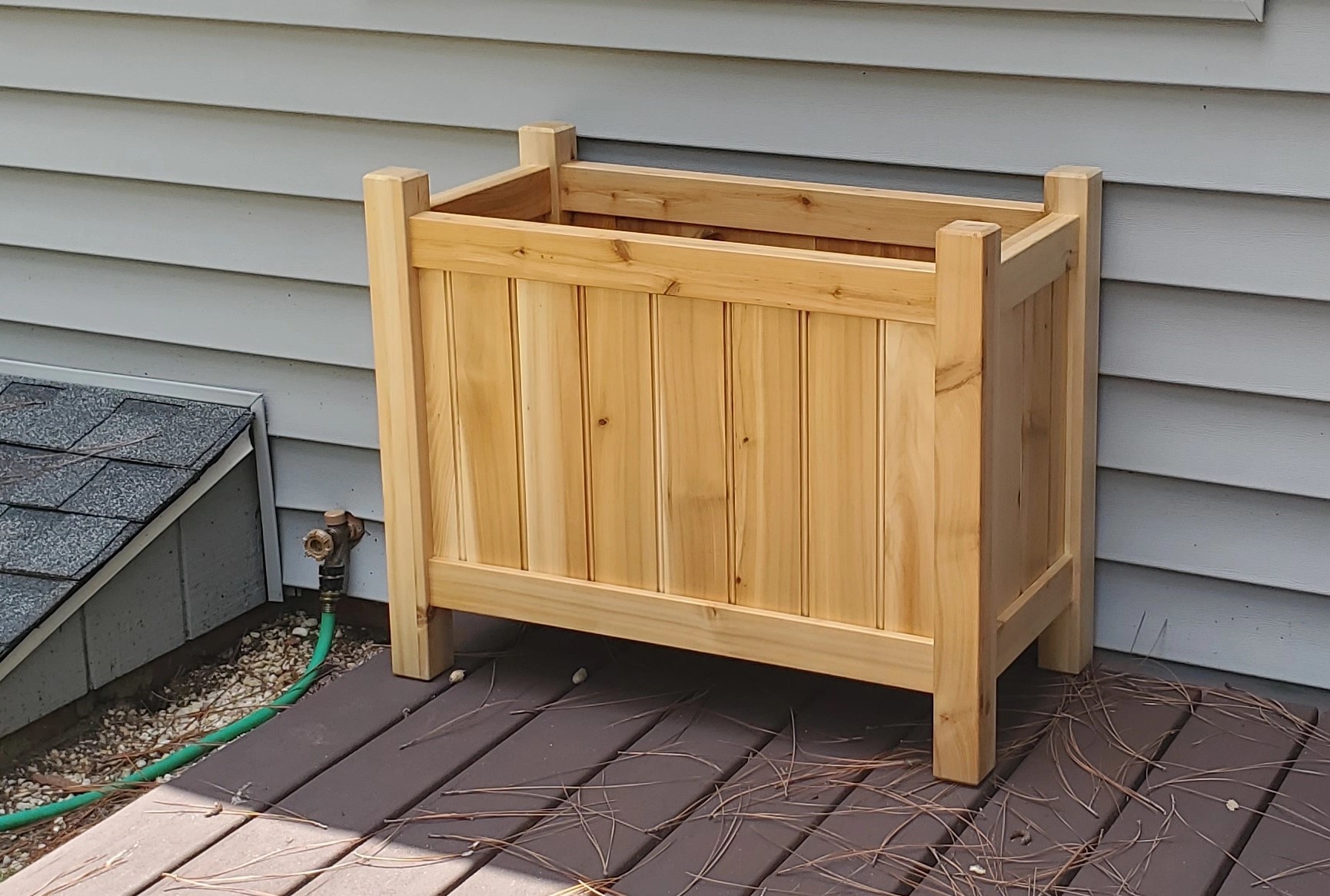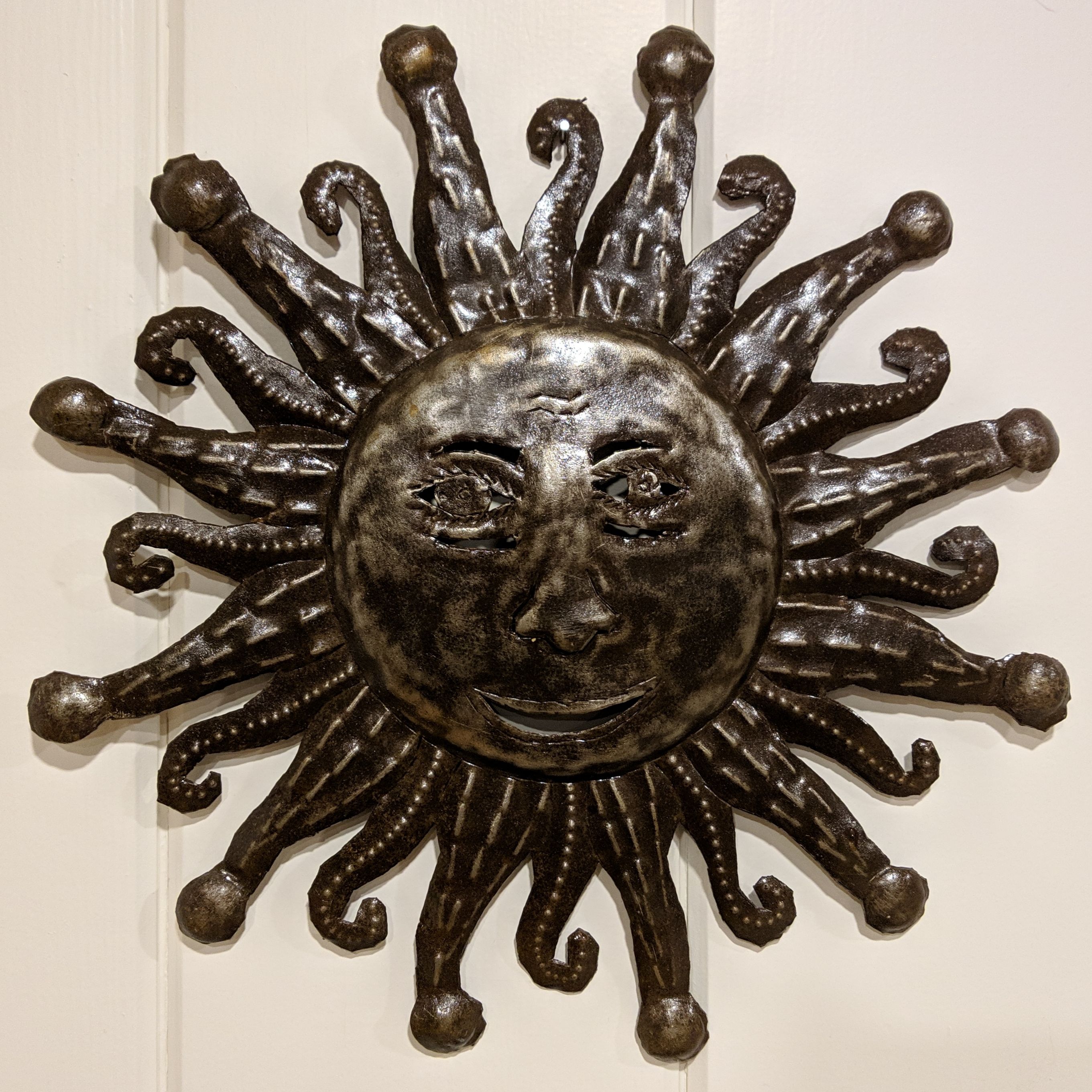- No matter how small a project is, always purchase new wood stock first. You can then save the rest for a future project.
- to make your trip to the lumber yard more efficient, pick up a few extra interesting pieces while you’re there. Don’t worry about taking a list of what is back at the shop - you can always use the extra on a small project
- When considering if it’s worth using the stock you have, realize that you might need it for something later (also see rule 1)
You know that thing where you glue two boards and then when you press them together they slide all around? I just add a few grains of salt into the joint and then they never slide. But be careful not to use too much or you will dry out the joint. Like literally three or so grains of salt.
Don’t have kids. One might be okay, but with two or more they will fight anytime you think you might go to the shop and thus you can’t get to your tools. Even if the shop is in the house, sharp tools and fighting kids should not be near each other.
Seriously, nothing is better than time in the shop. Tricks can be helpful, but most are things you could think of yourself.
Hey, this first trick is valid no matter what hobby you’ve got! Don’t have kids so you’re actually able to have hobbies!
Kids end up being my hobby
Have either of the kids shown a passing interest in learning to woodwork? Obviously tons of safety precautions need to be taken (including potentially changing the nature of projects to do them more safely for kids), but maybe that’s a way to at least get in the shop a bit, even if it’s to make some simple hand-tool boxes out of scrap with a kiddo.
Edit to add: it’s definitely tough to make as much time for hobbies as a parent, and I hope you’re able to find some good shop time in the New Year!
For two sided CNC machining, dowel pins are your friend. Its easy to drill pin holes in your fixture piece and your part so when you flip it over its precisely located.
Those japanese pull saws are the bomb. So much easier than the traditional type of hand saw.
It’s an interesting difference. Japan was always relatively iron-poor, so much of their woodworking evolved to use as little metal as possible, hence all the cool joinery. Pull saws take less iron to make than push saws cause they don’t have to deal with bowing.
The one thing people need to also take into account is that Japanese workholding is often based on bodyweight, not relying on vices, clamps, or hold fasts. Sitting on the work piece, or putting a foot on it, and pulling to make cuts (or plane wood) works way better with a lower working height.
TL;DR, if you are having trouble with Japanese saws, work lower.
It’s easy to clean wipe-on poly off your hands if you use some canola oil. I always forget to wear gloves- oops.
Sidebar: use vegetable oil also to clean sap from your skin.
One guy told me to run my hand through my hair. He even added “I swear I’m not fucking with you, I won’t even watch you do it.”
Can say it does work. Doesn’t necessarily clean the pitch off your hands but it helps and makes it not sticky so you can go about your day.
I can see that. Probably our skin oils working the same way as the veg oil.





